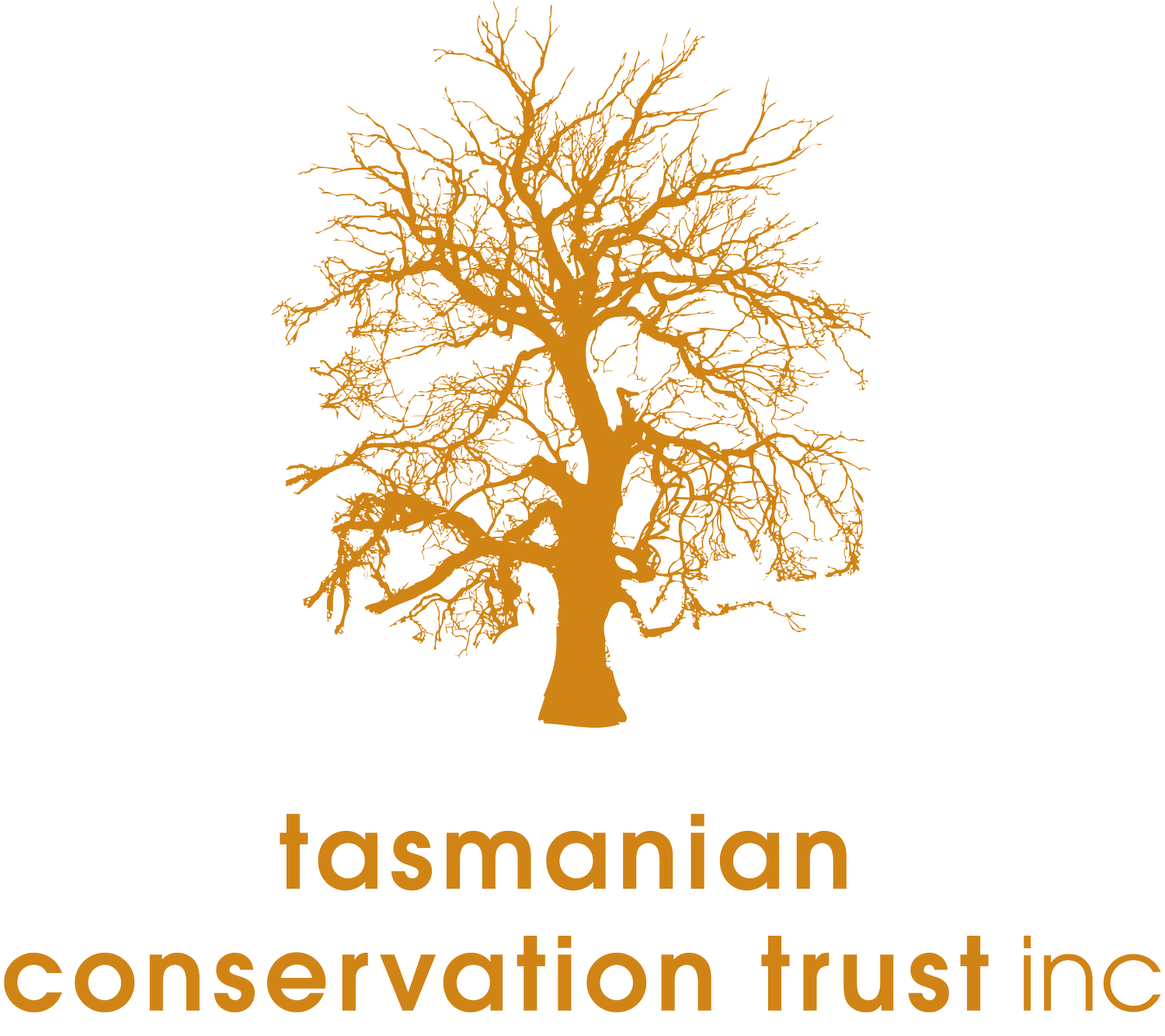The recent finding of a giant jellyfish on a beach south of Hobart (Howden, February 2014) highlights the exciting fact that there are still things in nature, and the ocean in particular, that we know little about. The jellyfish was measured 1.5m in diameter and it has been confirmed as the most rarely seen of the three species of lion’s mane jellyfish found in Tasmania. The lion's mane can grow to be one of the largest of all jellyfish. Although not deadly, the species will deliver a nasty sting and a cold pack should be used to reduce the pain.
Indian Myna
Indian mynas are a serious pest in Tasmania does not currently Australia and are considered one of. of the world's 100 worst in invasive species. Indian mynas are highly invasive birds that can rapidly colonise new areas. First (incursions to prevent 1860s, mynas are now found along the east coast of Australia from Victoria to Queensland.
Copping Hazardous waste dump
Over the last 12 months the public debate over the proposed Copping hazardous waste disposal landfill (or C-cell) has been the catalyst for a renewed debate about a range of waste management issues. The proponent of the Copping C-cell, Southern Waste Solutions, has suggested a number of times that the community should refrain from criticising the C-cell because most of us are probably sending household hazardous waste (HHW) to existing landfill sites, which are not designed to contain such wastes, and that this is probably causing significant environmental harm and risk to human health.
Household Battery Recycling
The MobileMuster is a free mobile-phone industrial recycling program that accepts all brands and types of mobile phones, plus their batteries, chargers and accessories. Check the website for drop-off sites: http://www.mobilemuster.com.au/ When we contacted our local waste transfer station to dispose of batteries we were told that it only accepts car batteries and will not accept torch, clock and camera batteries.
Seven Mile golf development likely to be refused
As reported in the last Tasmanian Conservationist (December 2013, #330), the Clarence City Council voted (close to unanimously) at its meeting on 21 October 2013 to support the proposed rezoning of the eastern portion of the Seven Mile Beach peninsula to allow the Mat Goggin proposed golf course and accommodation development. The council vote triggered a public consultation process prior to Christmas which drew a massive response of 168 submissions – the great majority opposed to the rezoning and development.
Why Tasmania needs the EDO
The Environmental Defenders Office (Tasmania) (EDO Tasmania) is part of a national network of community legal centres providing free advice and information regarding environmental and planning laws. In December 2013, federal funding we have relied upon since 1996 was cut without warning. These cuts threaten the ongoing operation of EDO Tasmania and may mean that this valuable service is not available in future to help communities to protect the places that they love. So, why does Tasmania need an EDO?
Tasmanian Wilderness World Heritage Area Management Plan
Macquarie Island
Back in May 2007, an article entitled ‘World Heritage Embarrassment’ was published in the Tasmanian Conservationist (#311), highlighting the stand-off by the Tasmanian Government on funding for a program to remove rabbits, rats and mice from Macquarie Island and its credibility on nature conservation in one of the most important reserves in Australia.
Wellington Park – removal of veto
The Tasmanian Liberals, with the support of the Labor Party, passed legislation through the lower house of the State Parliament on 16 October to remove the veto that the Wellington Park Management Trust has, but has never used, over development proposals for Mt Wellington. The Legislative Council has also now passed this bill. We congratulate Rob Valentine as the only Legislative Councillor to vote against removing the veto.
Three Capes Track
In case the new Coalition government is interested in providing additional financial support to the Three Capes Track (as requested last month by state Minister for Environment, Parks and Heritage Brian Wightman) it should consider the report bySyneca Consulting, Economic Impact Analysis for Three Capes Track, Tasman National Park – Revisited 2012. Syneca also did a narrower economic analysis in 2008.
2012 Tasmanian Bushfires Inquiry
The Tasmanian Bushfires Inquiry was released in early October and briefly enlivened the public debate about bushfire management and, in particular, fuel-reduction burning. Sadly, the debate has quickly died down and there is little pressure on the state government to show leadership to improve bushfire management.
State of the State Coastal Policy
In July 2013, the Tasmanian government released for public comment a draft State Coastal Policy Statement. This is the first product in the development of the anticipated ‘Coastal Protection and Planning Framework’ intended to replace the State Coastal Policy 1996. Significantly, the draft statement aims to settle overarching principles of coastal management, rather than provide any detail regarding implementation or on-ground work – such detail has been deferred to ‘Phase 2’.


